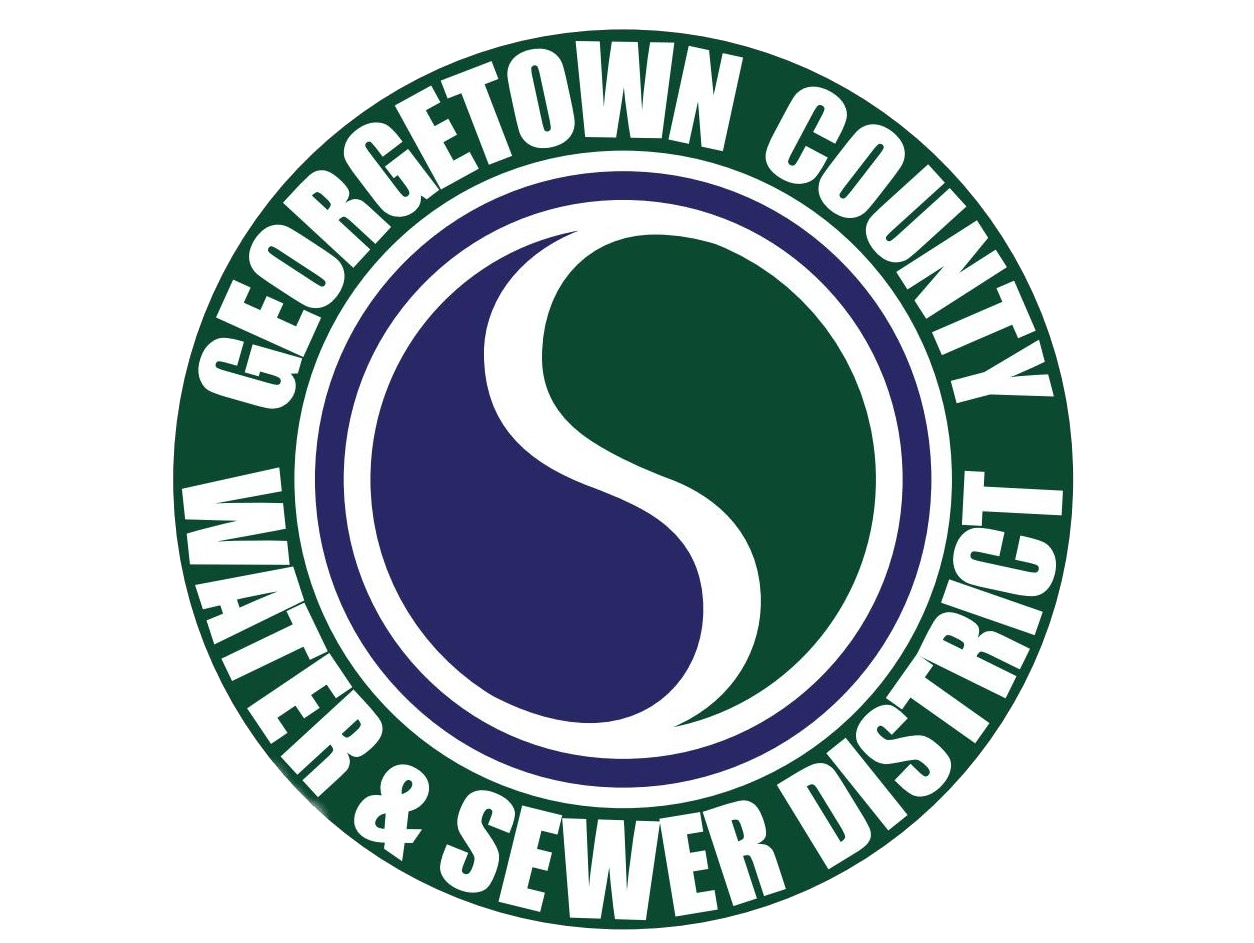Lead
Lead does not occur naturally in water. It comes from lead pipes or plumbing materials. Although lead pipes and solder are banned, homes built before 1986 may still have lead plumbing.
Public water systems perform routine tests guided by federal and state standards to make sure the amount of lead in drinking water remains at a safe level. See our Water Quality Report for more information.
FAQ's:
01
What keeps lead out of drinking water?
We reduce or prevent lead contamination by adjusting the pH / reducing the corrosiveness of our water and by adding orthophosphate during water treatment, which forms a thin protective coating inside pipes.
02
Is Lead Regulated?
Yes, by the US EPA's Lead and Copper Rule
03
How do I know if I have a lead service line or plumbing?
- Some service lines (pipes that carry water from our water mains to homes) and plumbing components are made of lead or have lead components.
- Homes built before 1932 may have a lead service line, and those built before 1986 may have lead plumbing components.
04
How can I reduce my risk of lead exposure if I think I have lead plumbing?
- Use cold water for cooking, drinking, and mixing infant formula. Lead is less likely to corrode into cold water.
- If water sits in your pipes for an extended period of time, such as overnight, while you're at work, or when you're on vacation, flush your plumbing by letting cold water run for 3-5 min.
